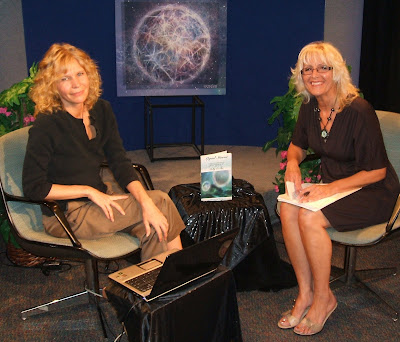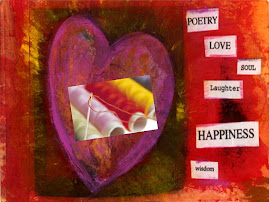April 29, 2010 is Pay It Forward Day
© 2010
by Joyce Mason
I am a great proponent of acts of kindness, random or otherwise. I discovered UOWHO (You Owe Who?) on Twitter. I knew you’d want to hear about this unique idea for fundraising, fun raising, and raising your KQ—Kindness Quotient. Anyone who has ever seen the movie, Pay It Forward, knows the gist of doing kind things for no good reason other than it’s a great way to live. The consequences can be amazing, what I call a divine domino effect. The Good Samaritan in the Bible is another great example of someone with a high KQ. I was raised by parents whose KQs were off the charts.
How Kindness Bracelets Work
The UOWHO bracelet acts as a physical, tangible reminder for people to “pay it forward.” Its creator, Lloyd DeShane, sees it as an encouragement and an inspiration to physically get out there and commit an act of kindness.
According to Lloyd, there a quite a few kindness initiatives out there and many aim to inspire people to “pay it forward.” But with our busy lives and with so many daily distractions, it’s not always easy to remember to be on the lookout constantly for someone who might be in need of some help. On the other hand:
If you are wearing a UOWHO bracelet on your wrist, you not only have that reminder but, in passing your bracelet on, there is a much higher likelihood that the recipient will actually pay forward your act of kindness.
When you help someone out, you pull out one of the ten little tabs from the bracelet, tell the recipient what the concept of the UOWHO bracelet is all about and ask them to pay it forward to someone else. When you see from the number of tabs removed that others have paid forward acts of kindness done for them, it acts as a further encouragement for the latest recipient to keep the chain of giving active.
It’s very hard for someone to receive a bracelet that represents six other people's acts of kindness and then not carry that on. In that way, each bracelet has the potential to reach ten people in all. If you didn't have that reminder, that physical encouragement, it would be all too easy not to follow through. That is the power of these “giving” bracelets. They are a physical, tangible and very proactive way to spread a very positive message. Couple that with the ability for groups to brand the bracelets for fundraising and awareness creation and you have a very powerful and positive tool at your command.
User Feedback
A number of people that have used the UOWHO bracelets agree it‘s an emotional high.
The power of kindness works in reverse and brings happiness to the giver of the kindness as well as the receiver.
Lloyd mentions a reaction I share: being a bit apprehensive about talking to or helping strangers even when seeing a need. The bracelet can act as an icebreaker, an excuse to help. “The bracelet made me do it!”
Where the Idea Came From
“The idea came to me in church,” Lloyd says, “but I really don’t want people to think this is a faith-based only concept. I believe it is applicable to everyone. Our church talks a lot about being bold and living by example. Ideas come to me all the time as a mechanical design engineer. My family and I often get involved in community projects and we enjoy giving. The challenge for this was to come up with something simple that would spark others to join in and continue the giving.”
“UOWHO came to me simply by thinking about all the people I owe, who have done kind things for me and my family. UOWHO (You-Owe-Who?) is also a question I ask myself every day, if I see someone in need. Don’t I owe it to them to help or at least try?”
One of a Kindness
"Pay it Forward, the sponsor of Pay It Forward Day, is a fantastic organization and I am very impressed when people reference us as similar.” Lloyd also told me that Pay it Forward primarily deals with big projects in time and money, all wonderful contributions. UOWHO, by contrast, is designed on a small, more personal scale to be just as important. It encourages taking time every day as opportunities present themselves to help people. These windows to help can run the gamut from the obvious—helping someone with directions or lifting something heavy— to the not so obvious. An example of the latter is checking with a neighbor to be sure everything is OK, if you notice their car hasn’t been moved in a few days or the grass hasn’t been cut in several weeks.
Kindness Bracelet Stories
Lloyd shared two of his favorite examples:
• A schoolteacher bought bracelets for all her students. Two weeks later, she had car trouble on a major freeway and a man stopped to help her. He presented a UOWHO bracelet to her and explained the concept. He turned out to be the father of one of her students.
• A youth group leader in a small town in Illinois bought bracelets for her youth group to pass out to the entire church. She has seen the bracelets all over her community, in businesses and at the market; she has heard stories of spreading kindness. She is beaming with excitement as the person that instigated the chain reaction of kind deeds.




















